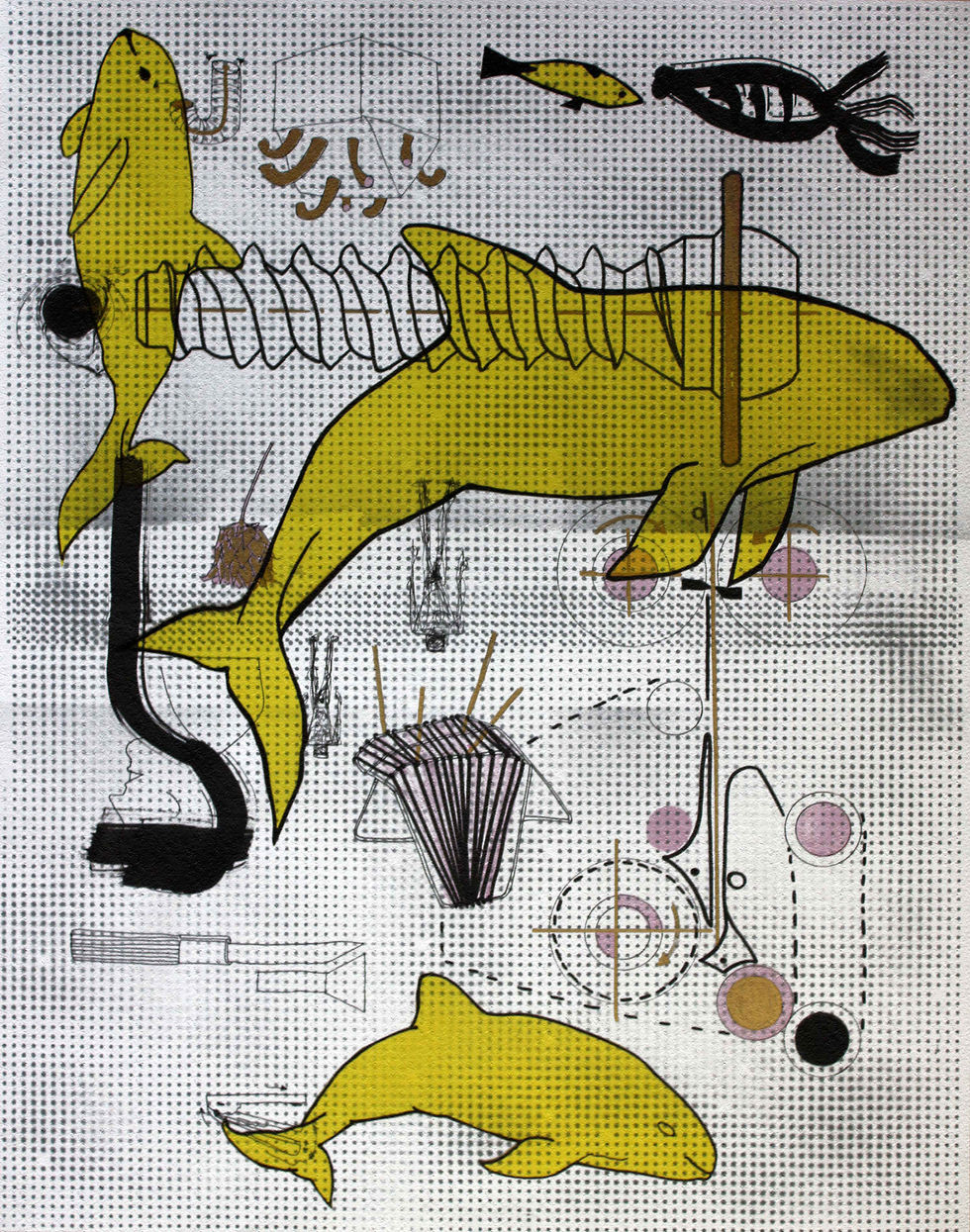Self-made traps
There are traps like cages that we create around us, where we are free to enter or leave, which we can bypass, or turn into our comfort zone. The aim of this project is to investigate both the personal space and space negotiations in the relations with others. I am interested in people’s need to create a comfort zone in various situations and settings where we need to interact and relate both to the space we are in and to other people.
A metaphor of capture and containment, the traps embody various scenarios. Therefore they are false traps, anyone is free to come in or out of them, space delimitation is fictitious, role-playings are interwoven, positions constantly revised, to the point where the captured is the capturer, the routes and directions of crossing the space are intuitively chosen.
Self-made traps
There are traps like cages that we create around us, where we are free to enter or leave, which we can bypass, or turn into our comfort zone. The aim of this project is to investigate both the personal space and space negotiations in the relations with others. I am interested in people’s need to create a comfort zone in various situations and settings where we need to interact and relate both to the space we are in and to other people.
A metaphor of capture and containment, the traps embody various scenarios. Therefore they are false traps, anyone is free to come in or out of them, space delimitation is fictitious, role-playings are interwoven, positions constantly revised, to the point where the captured is the capturer, the routes and directions of crossing the space are intuitively chosen.
and I, will I forget?
(6 deformation processes)
Cropped plexiglass of endangered animals, technical drawings that represent machines or irreversible raw material processes, and drawings made on the sides of the notes took in class are trapped in an uneven bridge structure.
The works are collages of silhouettes of endangered or exterminated animal species, cut from a material that helps to exterminate them and superimposed over sketches of technical drawings, and sketches, quick notes of the artist's thoughts, fleeting feelings. The message is simple, but beyond the warning of the danger or tragedy of the extinction of some species, the works are also a ritual of remembrance. Very few of us know what the Tasmanian tiger, extinct in 1935, or the dugong, which is severely affected by water pollution and fishing, looks like. Therefore, giving shape to the animals, and letting them float in a well-defined space of the sheet of paper, they begin to exist both in real space and among the playful memories of everyday life.









